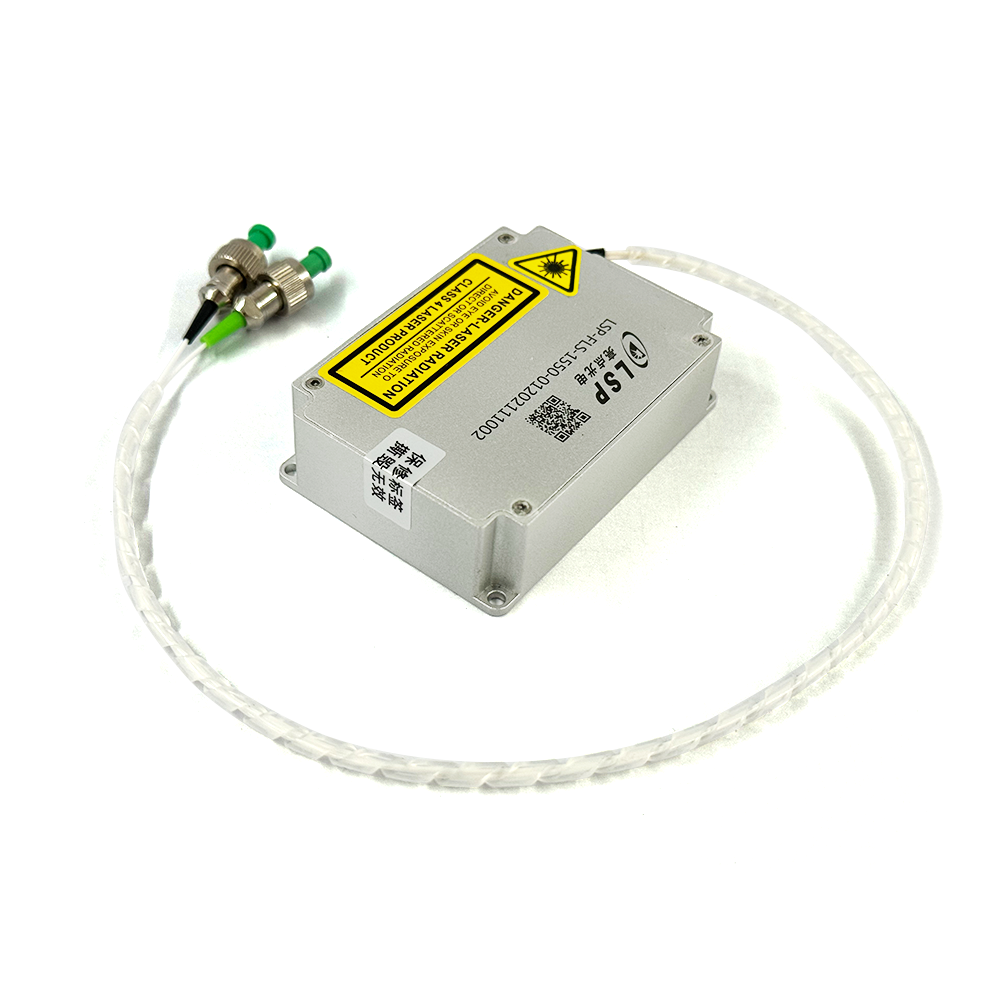激光雷达(LIDAR)技术是现代遥感技术的重要组成部分,广泛应用于自动驾驶汽车、地形测绘、环境监测等领域。通过发射激光脉冲并测量其反射信号,激光雷达能够精确地测量出目标物体的距离和形状。根据激光的波长,激光雷达主要分为905nm和1550nm两种类型,它们各有特点和应用领域。
接下来,我们通过表格简要对比905nm和1550nm激光雷达在几个关键方面的区别:
| 特性 | 905nm | 1550nm |
| 安全性 | 相对不安全 | 人眼安全波长范围 |
| 成本 | 较低 | 较高 |
| 检测范围 | 较短 | 较长 |
| 环境适应性 | 在雾和尘埃中穿透力较弱 | 在雾和尘埃中有更好的穿透力 |
| 抗太阳干扰 | 较差 | 较好 |
在自动驾驶等领域,对于高精度与高可靠性的需求促使技术选择至关重要。1550/1535nm波长的激光雷达系统,在多个关键性能指标上,相较于905nm系统,展现出了明显的优势。以下详细分析这些优势所在:
核心优势:1550/1535nm雷达的最大亮点在于其对人眼的高度安全性。较长波长更易被眼球前段(角膜和晶状体)吸收,有效避免对视网膜的潜在损害。这一特性允许系统在安全曝光限值内,运行于更高功率,既满足了高性能需求,又确保了人眼安全。
关键影响:得益于能够在保障安全的前提下实现更高发射功率,1550/1535nm激光雷达在探测距离上有了显著提升。对于自动驾驶汽车而言,这意味着能够更早地识别远处的障碍物,为决策提供更充裕的时间窗口,从而极大增强了行车的安全性和效率。
改进点:在雾、雨、尘沙等复杂气象条件下,1550/1535nm波长的激光雷达展现出了更佳的适应性。其较长波长能更有效穿透大气中的颗粒,保证了系统的可靠性和稳定性,确保自动驾驶系统在各种环境条件下均能保持高效运作。
显著特性:在面对日照或其他人造光源干扰时,1550/1535nm激光雷达因波长特殊,对这些干扰的敏感度较低,有效减少了误差,保证了环境映射的精确度。这一点对于需要精确地感知和理解周围环境的自动驾驶技术至关重要。
潜在优势:虽然不是所有应用场景都需考虑,但1550/1535nm波长的激光雷达对某些材质具有一定的穿透能力,这在特定条件下能提供额外的信息,为复杂或特殊环境下的应用带来潜在优势。
尽管如此,选择1550/1535nm还是905nm激光雷达系统,需要权衡成本、性能和应用需求。1550/1535nm技术虽然在安全性、探测能力和适应性方面具有明显优势,但成本较高,生产量较低,决策时需考虑到特定应用的需求、预算和环境条件。
1.Uusitalo, T., Viheriälä, J., Virtanen, H., Hanhinen, S., Hytönen, R., Lyytikäinen, J., & Guina, M. (2022). High peak power tapered RWG laser diodes for eye-safe LIDAR applications around 1.5 μm wavelength.[Link]
Abstract: "High peak power tapered RWG laser diodes for eye-safe LIDAR applications around 1.5 μm wavelength" discusses developing high peak power and brightness eye-safe lasers for automotive LIDAR, achieving state-of-the-art peak power with potential for further improvements.
2.Dai, Z., Wolf, A., Ley, P.-P., Glück, T., Sundermeier, M., & Lachmayer, R. (2022). Requirements for Automotive LiDAR Systems. Sensors (Basel, Switzerland), 22.[Link]
Abstract: Requirements for Automotive LiDAR Systems" analyzes key LiDAR metrics including detection range, field of view, angular resolution, and laser safety, emphasizing the technical requirements for automotive applications ”
3.Shang, X., Xia, H., Dou, X., Shangguan, M., Li, M., Wang, C., Qiu, J., Zhao, L., & Lin, S. (2017). Adaptive inversion algorithm for 1.5μm visibility lidar incorporating in situ Angstrom wavelength exponent. Optics Communications.[Link]
Abstract: Adaptive inversion algorithm for 1.5μm visibility lidar incorporating in situ Angstrom wavelength exponent" presents an eye-safe 1.5μm visibility lidar for crowded places, with an adaptive inversion algorithm that shows high accuracy and stability (Shang et al., 2017).
4.Zhu, X., & Elgin, D. (2015). Laser safety in design of near-infrared scanning LIDARs.[Link]
Abstract: Laser safety in design of near-infrared scanning LIDARs" discusses laser safety considerations in designing eye-safe scanning LIDARs, indicating that careful parameter selection is crucial for ensuring safety (Zhu & Elgin, 2015).
5.Beuth, T., Thiel, D., & Erfurth, M. G. (2018). The hazard of accommodation and scanning LIDARs.[Link]
Abstract: The hazard of accommodation and scanning LIDARs" examines laser safety hazards associated with automotive LIDAR sensors, suggesting a need to reconsider laser safety evaluations for complex systems consisting of multiple LIDAR sensors (Beuth et al., 2018).

想要找一款合适的作为雷达的激光器光源?
→ 联系我们
联系人:张先生
手机:+86-15072320922
电话:+86-510-87381808
邮箱:sales@lumispot.cn
地址: 无锡市锡山经济开发区芙蓉中三路99号瑞云4座7楼